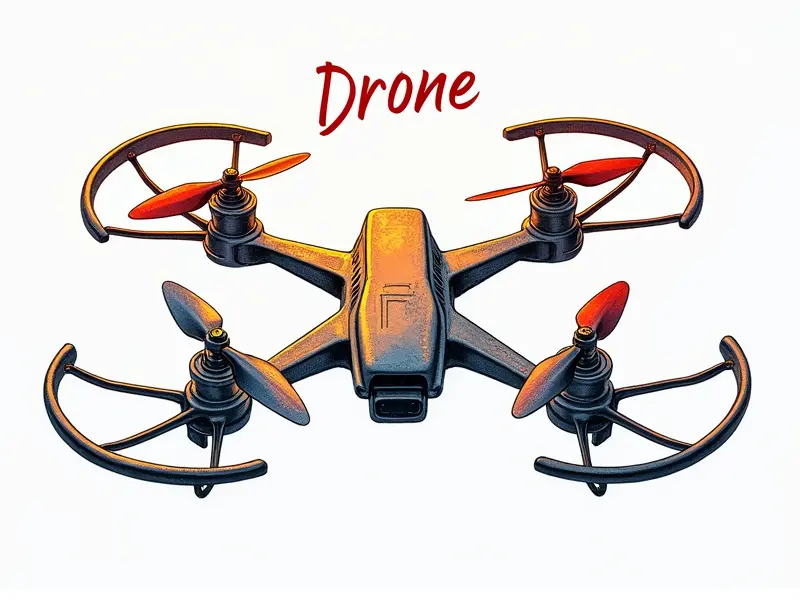Drone weather resistance tips

Drone Weather Resistance Tips
How to Fly Drones in Rainy Weather
Flying drones during rainy weather can be risky due to the increased risk of electrical malfunctions, corrosion, and reduced visibility. Here are some essential tips:
- Waterproofing: Use waterproof coatings or wraps designed for drones to protect electronic components.
- Battery Management: Keep batteries dry and insulated to prevent short circuits caused by moisture.
- Visibility: Reduce flight altitude and maintain a close distance from the drone to ensure clear line-of-sight.
Winter Flying Tips for RC Pilots
Extreme cold can affect battery performance, camera functionality, and overall drone stability. Consider these winter flying tips:
- Battery Warm-Up: Pre-warm batteries in a pocket or use insulated battery cases.
- Camera Settings: Adjust ISO settings to compensate for lower light conditions.
- Avoid Ice and Snow: Keep the drone away from icy surfaces that could damage propellers.
Protect Your Drone from Extreme Heat
High temperatures can degrade battery performance, cause thermal shutdowns, and increase the risk of overheating components. Here’s how to protect your drone:
- Cooling Solutions: Use cooling pads or fans designed for drones.
- Battery Management: Store batteries in a cool place when not in use.
- Flight Time Adjustments: Reduce flight time and monitor battery temperatures closely.
Dust-Proofing Your RC Quadcopter
Dust can accumulate inside the drone, causing mechanical failures. Follow these steps to keep your quadcopter clean:
- Sealed Enclosures: Use protective covers for critical components.
- Cleaning Kits: Regularly use compressed air and brushes to remove dust.
- Maintenance Schedule: Perform routine checks and cleanings after each flight in dusty environments.
Wind Resistance for FPV Racing Drones
Strong winds can destabilize FPV racing drones, making them challenging to control. Here are some tips:
- Aerodynamic Design: Optimize the frame and propeller design for better wind resistance.
- Weight Distribution: Ensure even weight distribution to maintain stability in high-wind conditions.
- Flight Planning: Choose flight times when winds are typically lower, such as early mornings or late evenings.
Hail Protection for Outdoor Drones
Hail can severely damage drones. Protect your drone with these strategies:
- Durable Frames: Use frames made from materials that are resistant to impact.
- Coverage: Keep the drone covered when not in use and store it indoors during hailstorms.
- Insurance: Consider purchasing insurance coverage for weather-related damage.
Humidity Effects on Drone Batteries
High humidity can lead to condensation, which is detrimental to battery health. Here’s how to manage it:
- Dry Storage: Store batteries in a dry environment with low humidity.
- Battery Wraps: Use moisture-resistant wraps or bags for storage and transport.
- Pre-flight Checks: Inspect batteries for any signs of condensation before each flight.
Foggy Conditions: Drone Flight Advice
Flying in fog can be hazardous due to reduced visibility. Follow these guidelines:
- Nearby Landmarks: Use nearby landmarks for navigation when visibility is low.
- Short Flights: Limit flight distance and altitude to maintain control over the drone.
- Fog Lights: Equip your drone with fog lights or reflective markers for better visibility.
UV Radiation Damage to Drones
Extended exposure to UV radiation can degrade materials and electronic components. Protect your drone with these measures:
- Solar Shields: Use protective shields that block harmful UV rays.
- Metallic Coatings: Apply metallic coatings on exposed surfaces for added protection.
- Regular Inspections: Check for signs of degradation regularly and replace components as needed.
Flying Through Snow: A Pilot's Guide
Snow presents unique challenges, including reduced visibility, slippery surfaces, and cold temperatures. Here’s how to handle it:
- Pre-flight Checks: Ensure all components are functioning correctly before flying.
- Battery Warm-Up: Use insulated battery cases or warm batteries in a pocket.
- Avoid Snowy Surfaces: Land on surfaces that won’t cause damage to propellers and landing gear.
Temperature Extremes: Pre-flight Checks
Regardless of the weather condition, pre-flight checks are crucial. Here’s what you should do:
- Battery Condition: Check battery levels and ensure they are within optimal temperature ranges.
- Camera Calibration: Adjust camera settings for low light or high-contrast conditions.
- Mechanical Inspections: Look for any signs of wear, damage, or moisture that could affect performance.
Conclusion
Flying drones in various weather conditions requires careful planning and maintenance to ensure safety and optimal performance. By following the tips outlined above, you can extend your drone's lifespan and enjoy flying under different environmental challenges. Remember, preparation is key to successful and enjoyable flights.

